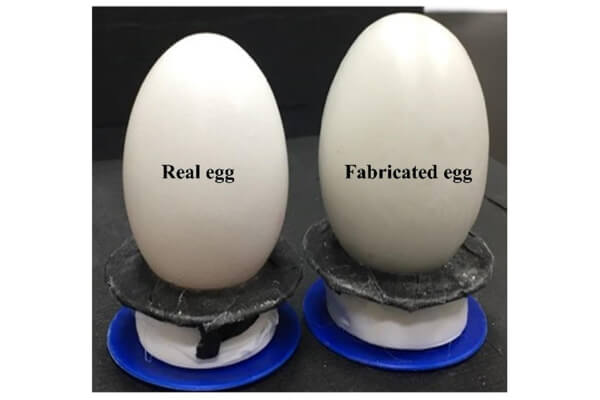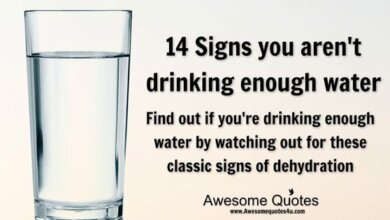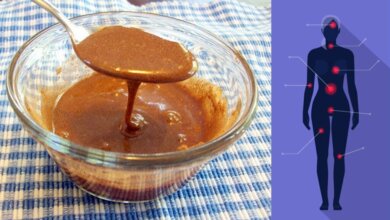Fatbyever Healthy Tips
Spotting the Difference: Real vs. Fake Eggs

Spotting the Difference: Real vs. Fake Eggs
Eggs are a staple in many households, but did you know that not all eggs are created equal? Understanding how to differentiate between real and fake eggs can ensure you’re getting the quality you expect.
Visual Inspection:
- Shell Texture: Real eggs have a consistent and natural texture, while fake eggs might appear smoother or overly shiny.
- Color Variations: Natural eggs come in various shades of white and brown, with slight color variations. Fake eggs may have unnaturally uniform colors.
Water Test:
- Float Test: Drop the egg into a bowl of water. Fresh real eggs will sink and lie horizontally at the bottom. Fake eggs often float or stand upright due to their lighter composition.
Crack and Check:
- Shell Durability: Real eggshells are fragile but consistent. Fake eggs might be harder to crack open due to stronger shells made from different materials.
Yolk and White Examination:
- Consistency: Real egg yolks and whites have a natural consistency. Fake eggs might have unnatural colors or textures.
Smell:
- Odor: Real eggs have a neutral or slightly eggy smell. Fake eggs may have a chemical or plastic-like odor.
Conclusion:
Being able to distinguish between real and fake eggs ensures you’re buying quality and nutritious food for you and your family. Whether you’re shopping at the supermarket or market stalls, these simple checks can help you make informed decisions about the eggs you choose to bring home.




